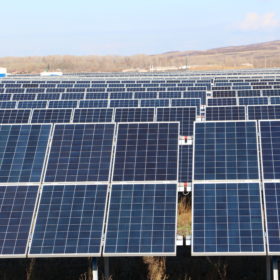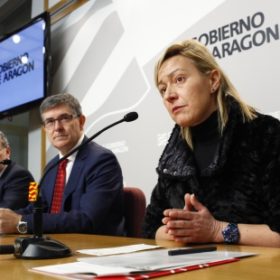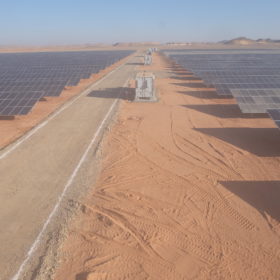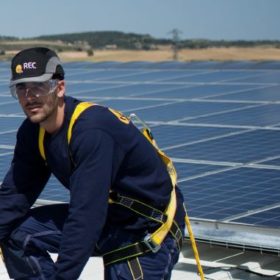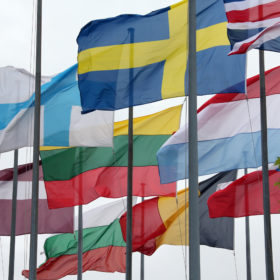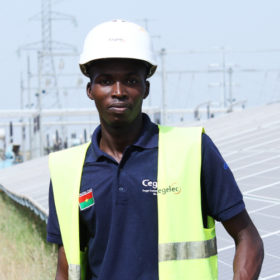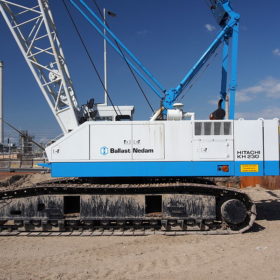Lithuania’s new energy strategy bets on wind and prosumers
Although the country’s new national energy independence strategy says wind will represent 65% of its total renewable energy share by 2050, the number of households that self-generate their power (predominantly from solar) is expected to increase from 34,000 in 2020, to 500,000 in 2030.
Fortum to buy 35 MW of solar plants in Russia
The Finnish power utility has agreed to acquire three solar facilities, commissioned between 2016 and 2017 and located in Russia, from local solar module maker Hevel.
Spain’s Aragón region prepares to host Europe’s largest solar plant
The 549 MW PV facility will be built by Spanish industrial group ACS on 2,369 hectares of land, spread across the municipalities of Escatrón and Chiprana. The project was selected by the Spanish government in this year’s second renewable energy auction, in which around 3.9 GW of solar power was allocated.
Mexico: Third power auction likely to be more successful, despite too-low prices
In an interview with pv magazine, Santiago Barcón, columnist for Energía Hoy and advisor to Mexico’s Energy Regulatory Commission, talks positively about the results of Mexico’s third power auction, despite final prices coming in lower than expected.
ABB supplies inverters for 20 MW project in southern Egypt
The plant was installed in an area of Egypt’s Western Desert that is devoted to a governmental project to transform half a million acres of desert into arable land.
European PV market expected to grow by 35% in 2018 – GTM Research
European countries such as France, Germany, the Netherlands and Spain are all forecast to be gigawatt-scale markets in 2018. Globally, around 606 GW of new PV capacity is forecast to be installed between 2017 and 2022.
EU Energy Committee’s proposal to upgrade 2030 RE target to 35% welcomed
The European Parliament has proposed both an upgraded, binding RE target of 35%, and plans to reduce energy consumption by 40% by 2030. The two resolutions, along with other provisions to remove fees or taxes on self-consumption, now have to be approved in January. SolarPower Europe has welcomed the news, saying the move will boost jobs and investment.
Brazil’s BNDES offers new financing conditions for projects in upcoming auction
The Brazilian Development Bank (BNDES) has changed its loan committments, and will now cover 80% of the financing of all competing technologies, compared to the previous auctions, where this percentage was granted solely to solar. As in the previous auctions, financing will only be allocated to projects using locally-manufactured equipment.
Burkina Faso commissions 33 MW PV plant
The country’s largest solar facility was officially inaugurated in the presence of French president Emmanuel Macron. The project was financed by France’s Development Agency (AFD) and the European Union.
Netherland’s Ballast Nedam expands into large-scale solar business
The Dutch construction group is currently developing four PV plants with a combined capacity of 50 MW in the Netherlands.

